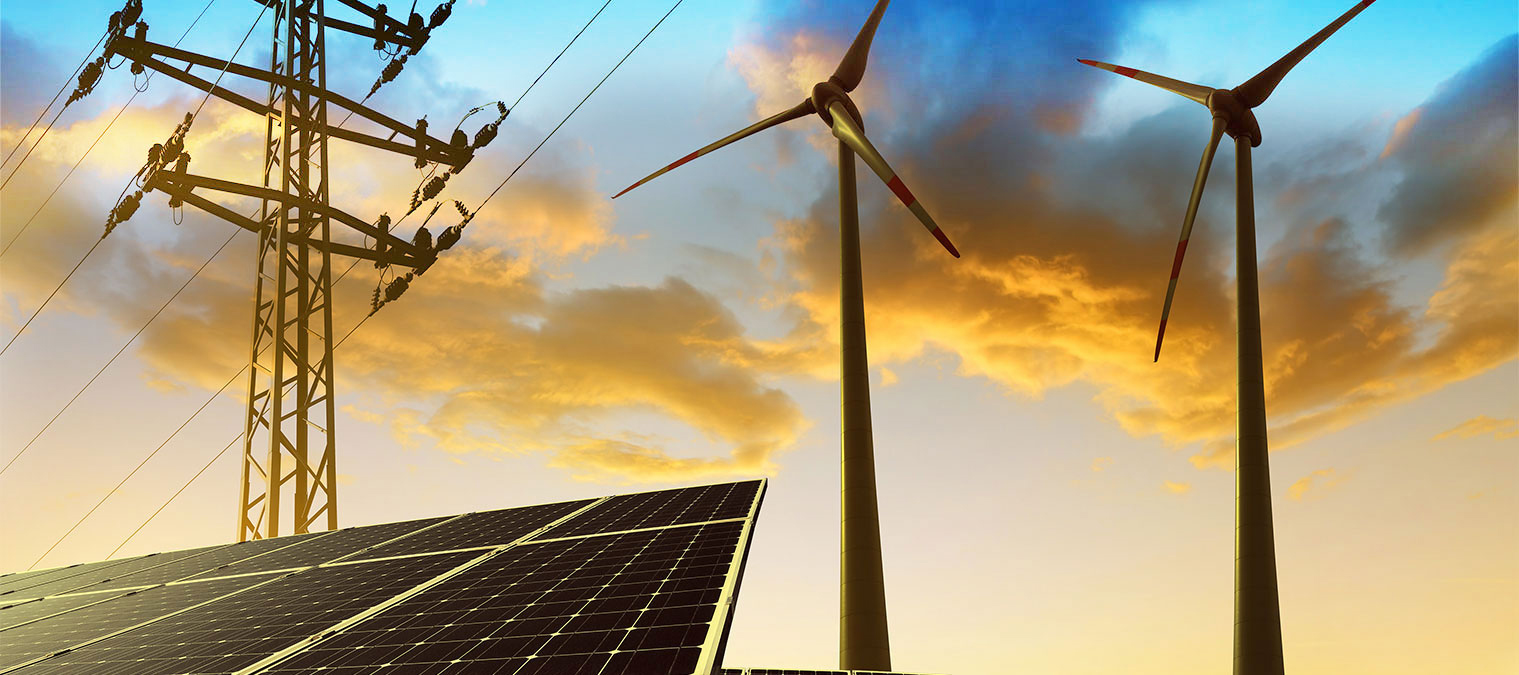The Sixth Assessment Report by the Intergovernmental Panel on Climate Change (IPCC) projects intense heatwaves in India, with longer durations and at an increasing frequency. This doesn’t bode well for the country which has a predominantly tropical climate and cooling is constantly required to maintain comfortable indoor spaces. Only 8% of Indian households currently have room air conditioners (RACs). This demand is set to grow 11-fold by 2037, estimates the India Cooling Action Plan (ICAP).
By 2050, space cooling could drive almost 30% of India’s electricity demand growth and 45% of its peak electricity load. The building sector would account for the majority share of this demand for cooling, expected to rise from 169 Terawatt-hour (TWh) of electricity in 2017 to 970 TWh in 2037, finds the India Energy Security Scenario 2047 tool. Furthermore, the carbon-intensive electricity grid and the use of high global warming potential (GWP) refrigerants are causes of environmental concern. India is working towards reducing the energy and emissions associated with space cooling without compromising on providing thermal comfort to its citizens.

